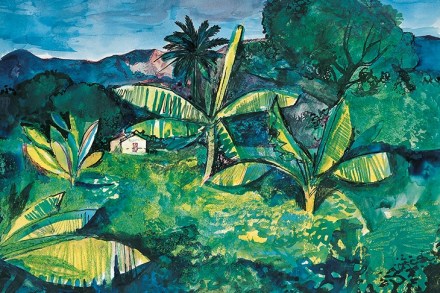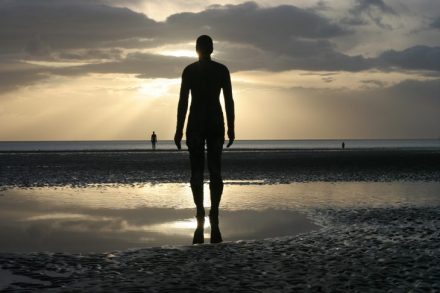A tale of two artists
Wherever one looked in the arts scene of the 1940s and ’50s, one was likely to encounter the tragicomic figure of John Minton. Whether he was dancing to the trad jazz of his pupil Humphrey Lyttelton — who recalled his style on the floor as ‘formidable and dangerous’ — or drinking at the Colony Room where Francis Bacon once poured champagne over his head, the painter and illustrator was ubiquitous. Even if he never produced a great picture, Minton deserves the exhibition at Pallant House, Chichester, marking the centenary of his birth, and the fine accompanying book by Frances Spalding and Simon Martin. In its way, failure can be as




















